INTERVIEW WITH
G.B. SMITH
G.B. Smith’s photographic journey began over 40 years ago as a teenager learning the fundamentals of the craft in the darkroom and with large plate cameras. This enthusiasm evolved into his first career as an industrial photographer in England. Over time this was intertwined with a passion for travel and entrepreneurship which eventually led him down a path of exploration in countries and cultures throughout the world. A very global citizen, having lived on four continents and worked in six, he now resides in the USA and combines extensive global travel (pre-Covid!) with an embracing of digital image-based creation.
However, he still applies very traditional techniques to this digital process, such as all manual settings shot in medium format and enjoying the serenity and mindfulness that comes with long exposures and more simplistic “film-centric” workflows. Born in an industrial heartland many of his studies gravitate towards man-made structures and forms interacting with their natural habitat. His International award-winning images have been published in a wide range of media; he is a lifelong member of the Royal Photographic Society.
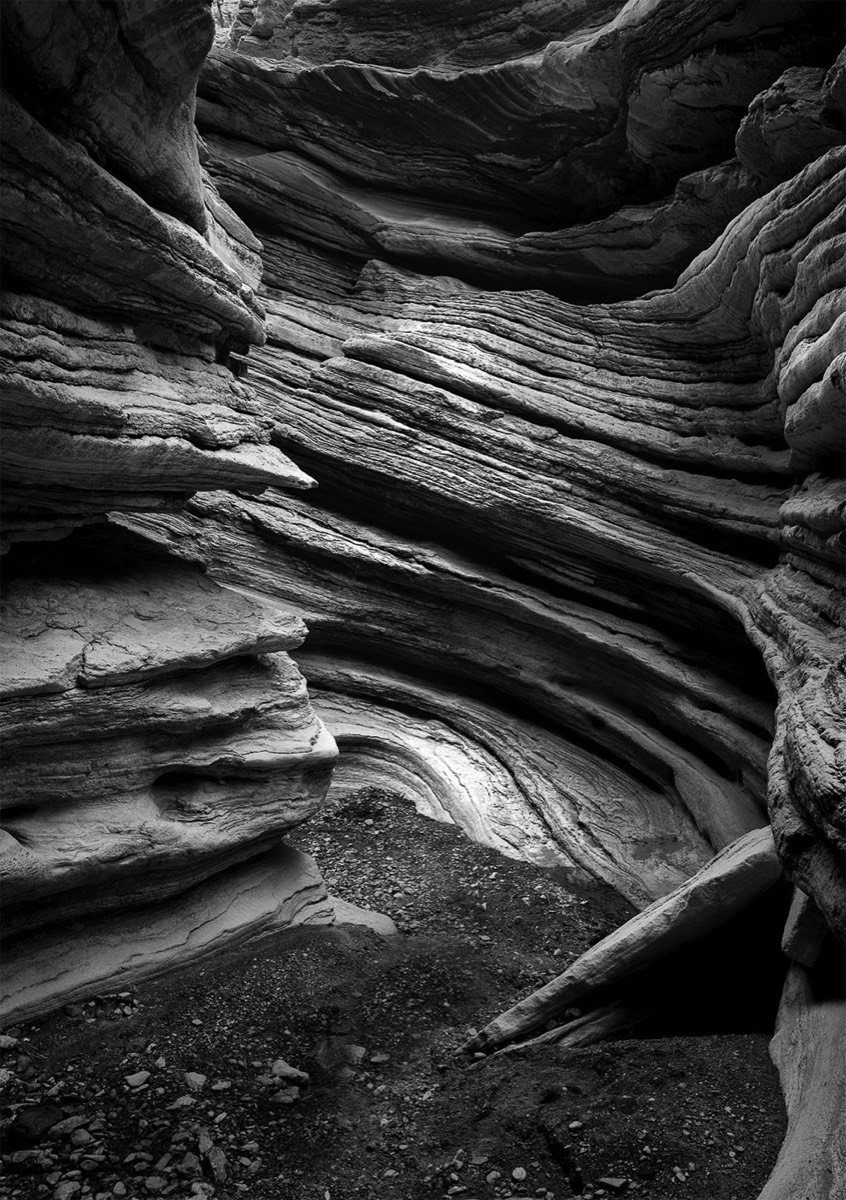
When did you discover that art was your passion and how did you grow into the artist you are today?
The quick answer is: a very long time ago and it’s been a long journey! I first picked up a camera with intent in my early teens and soon realized that it was the perfect outlet for my artistic energies – partially informed, I am sure, by being unable to demonstrate discernable talent in any other artistic mediums
I was captivated by the ability to envision, craft and produce images as a unique personal expression and be in control of the whole process. Over time, I was fortunate to serve apprenticeships with some incredibly talented (and patient!) photographers. I learned all aspects of the film process as it was then, working as a darkroom technician and graduating to working large format technical plate cameras as an industrial photographer. After a while, however, I found that my ability to truly create was being increasingly constrained by commercial necessities. I felt that the joy inherent in being able to explore my own artistic journey was being derailed, so eventually I moved toward a career in high technology.
Returning to photography a few years ago, I re-discovered the raw passion of my youth for photographic creation. This time around, it was influenced with the perspective of over 40 years of extensive global travel as well as with the liberating ability of being able to focus entirely on artistic expression, expanded further by today’s world of digital imagery.
In many ways, the journey has brought me full circle. My approach today still reflects the disciplines that were instilled on me with large plate cameras and the manual darkroom processes of film. You could describe it as bringing old school photography techniques to a digital process. I believe that this generally translates into a more mindful, slower, and manual creative process despite embracing the digital age.
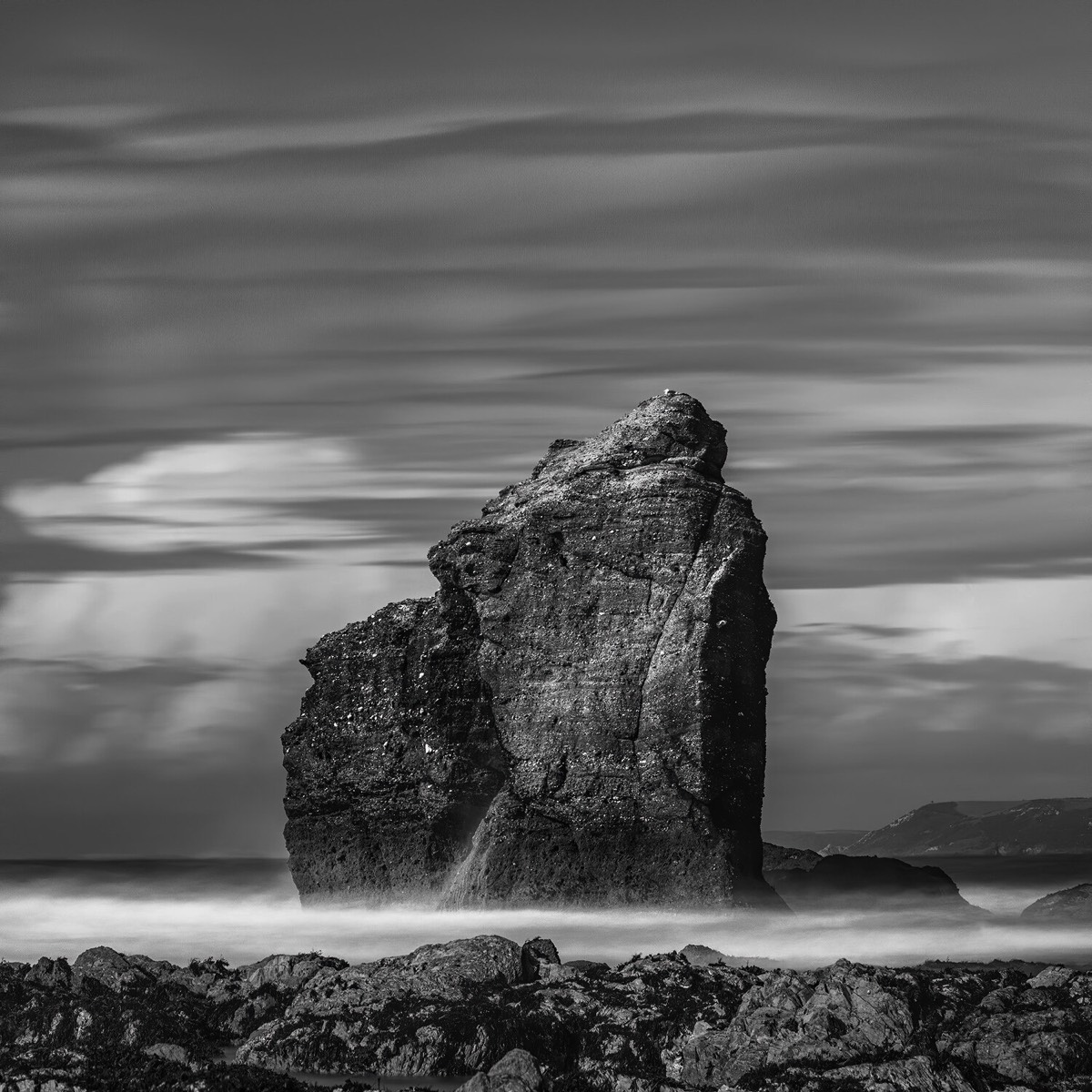
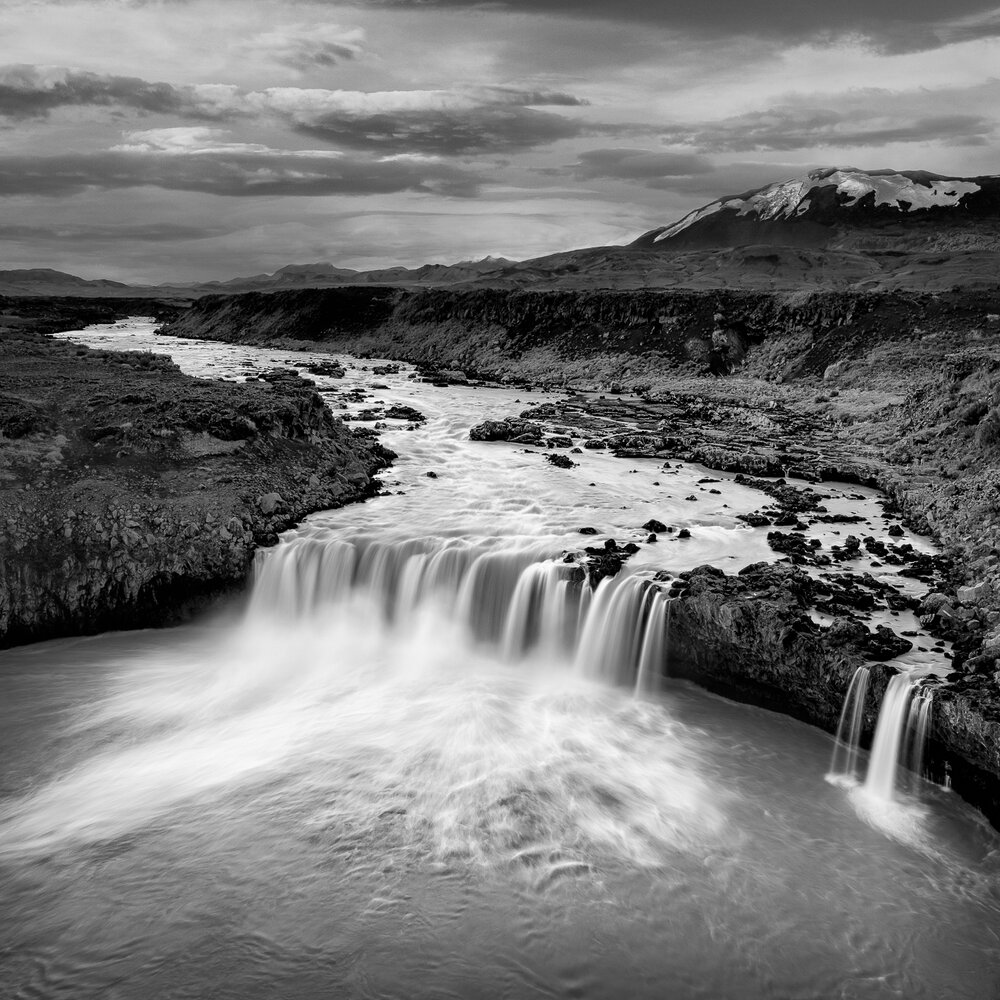
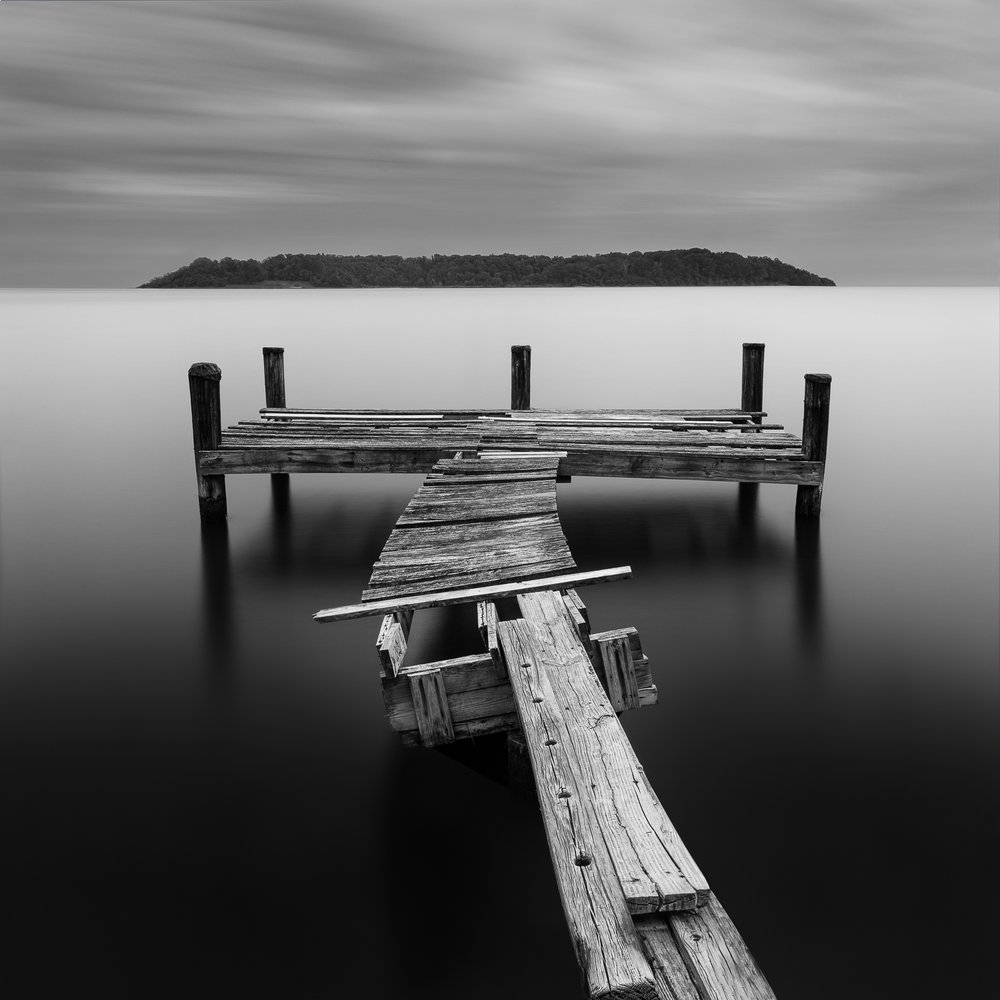
Your images stand out for their visual purity and minimality. Tell us more about your overall photographic philosophy.
I endeavor to take the viewer through a journey of the image, using light to illuminate patterns and forms as signposts along a pathway between spaces. My interpretation and visualization are based on these flows. The critical aspect in many images is providing enough space and visual context to facilitate focus on the subject in its purest form. I try to distill the scene down to its uncluttered form and flows to simplify.
Therefore, I use only black and white and mostly minimalist imagery, believing profoundly that less is indeed more.
The exquisite use of long exposure is a salient feature of many of your works. You skillfully exploit it to generate mysterious atmospheres and dramatic captures of flowing water. Can you share with us some of your personal keys for obtaining such striking results?
I very much let the merits of the subject determine the most appropriate use of the available technical tools, including the duration of exposure. And this often changes as I go through the process of capture, as I discover the patterns and pathways through the scene and experiment with different approaches in digital real-time. However, I very often end up using long exposures to strip back distracting aspects, sometimes blending and experimenting with different speeds to highlight and separate forms. It works best with moving elements such as clouds and water, but I also use it to soften textures and light in architectural structures. I have learnt to never let it be formulaic, and I always use manual camera controls to ensure the subject and my visualization for the image is driving the technology and not the other way around!
At a very personal level I gravitate toward the mindfulness and tranquility that is inherent in the process of long exposures. It basically slows down the world, providing a forcing function to further explore, reflect and truly absorb the moment of the scene. A large part of my enjoyment of the whole capture process is that it gives you a purpose to travel, learn and encounter different environments and perspectives. Sometimes I come back from a shoot with no usable images, but I still appreciate and value the experience – even if I got up at 3am and hiked for miles!
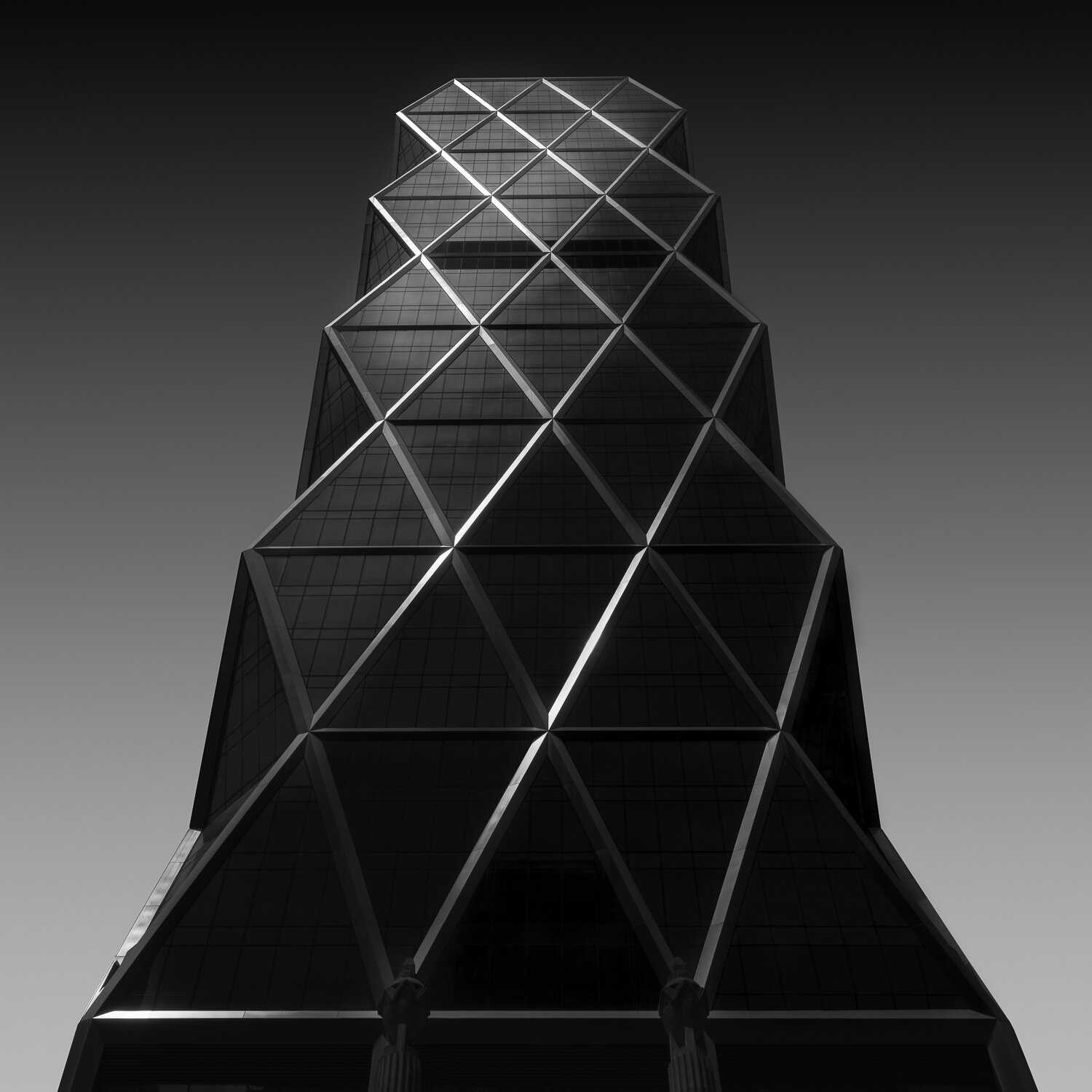
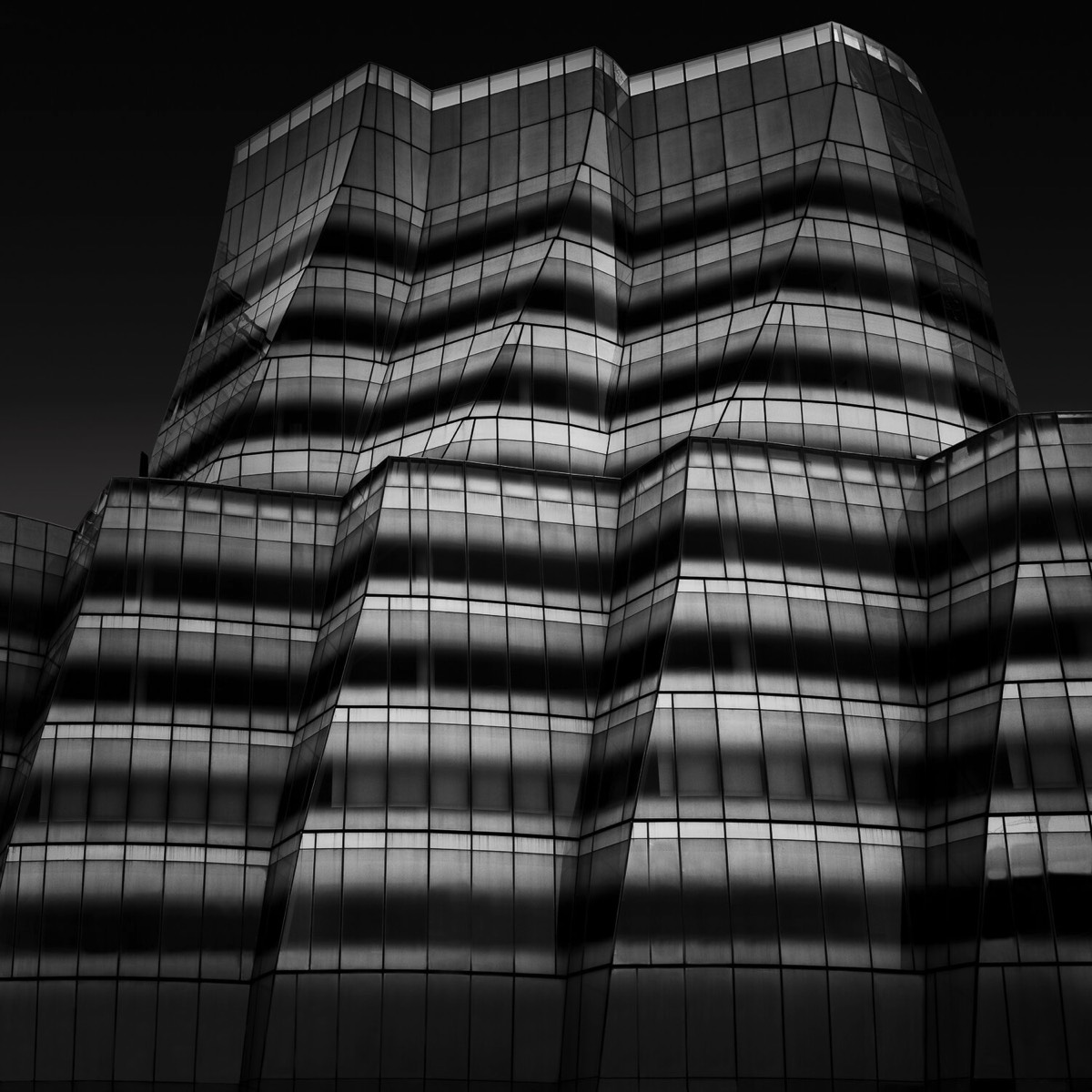
What is the importance of lighting, time of the day and weather conditions in your photography? What are the optimal choices?
I feel that all of these dimensions are very subject dependent. The softer light hours inherent in sunrises and sunsets are generally more optimal for most classic scenes of nature – as are moody storm type clouds to many coastal and waterfall images. However, some of my most well received images have been captured at midday without a cloud in the sky, and not just architectural type images.
The lesson for me is that there are no rules to creativity and artistic interpretation. Therefore, I pay less attention to weather and time of day optimization than I did previously – the point is to get out there and explore and experiment! I do not feel that the world really needs any more sunrise or sunset images from well touristed locations…. not unless you can bring a different perspective or voice.
How do you plan and execute your shots?
The creative process for me starts with a spark of interest in a particular subject matter. I like to work with a just few key themes at any one time – to maintain focus – which then guides desk-based research and location choices or opportunistic travel schedules. I seek locations and perspectives that are less obvious or well-travelled. This often involves multiple visits and extensive explorations of the same locations if practicable. I try to get a real feel for the environment in different conditions and from varied aspects, which ultimately helps guide and refine my selections. Whilst this structured approach facilitates the framework for exploration and creativity, and I normally have a notion of what I am seeking, many of my favorite images come from unexpected discoveries I make as I am traveling to these researched locations and subjects – and often very different than my initial mind’s eye. In my view, you never know what you are really going to experience until you are out there, and this is the thrill of the creative adventure! The most important thing is to be out there exploring and getting completely absorbed in the appreciation of the environment and the moment.
Your collection Aquetecture explores the interplay between architecture and water. Tell us more about the concept behind this series and the images in it.
Growing up in the land locked industrial heartland of England, I have always been fascinated by water in both its natural and managed forms. The concept for the series was triggered through observing the interaction of water flows shaped by man-made structural forms. Specifically, I was attracted to the varied patterns and soothing visuals created by the regulated water flows in dams, with their strong lines and bold architectural forms. The collection studies several dam structures and forms, largely in the mid-Atlantic region of the USA. Whilst their principle architectural design criteria are clearly for industrial function, I found that using multiple speed long exposures accentuated or uncovered the wonderful hidden patterns and geometry of the water flows.
I like to think that the viewer can hear the calming flows of the water when they follow these pathways of patterns through the imagery.
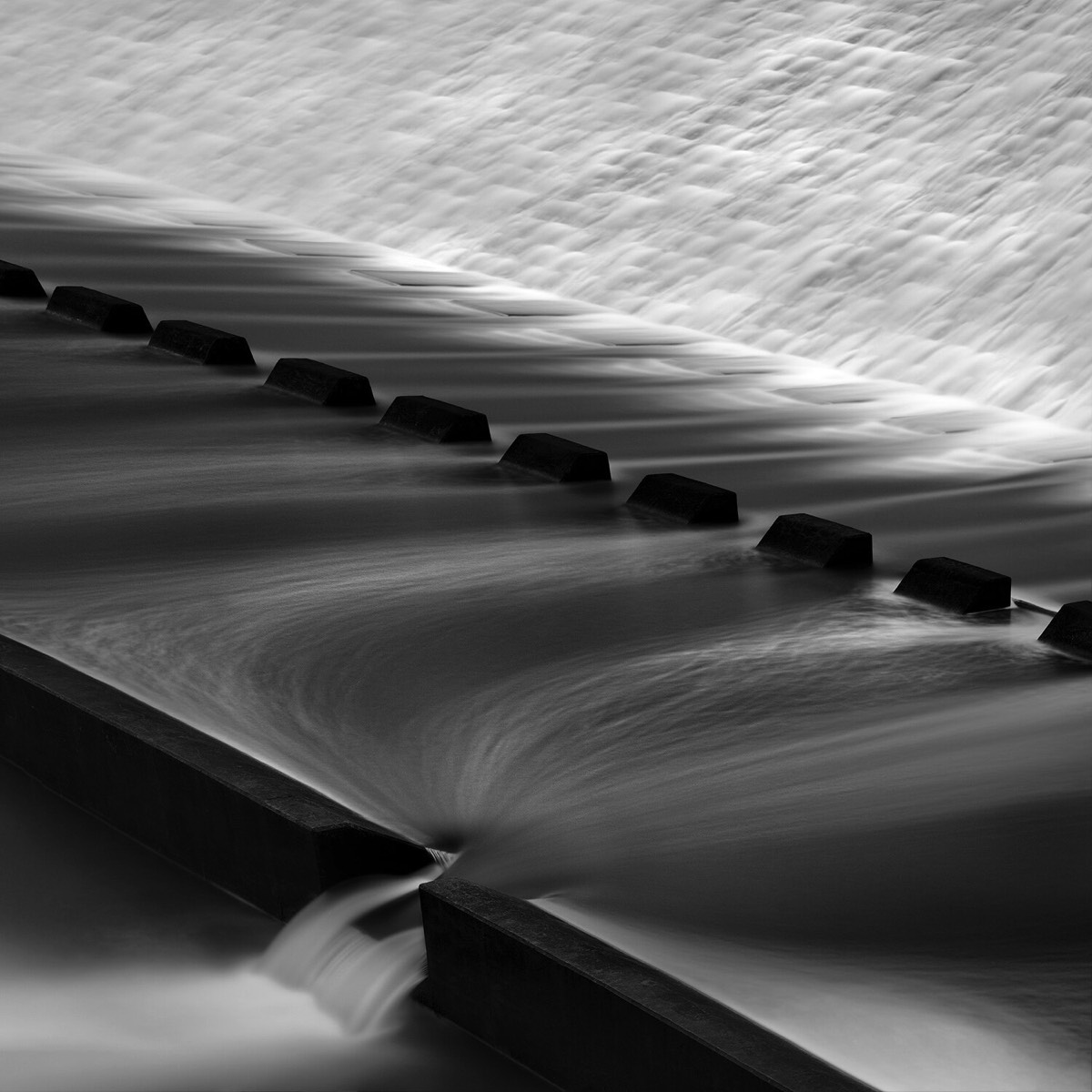
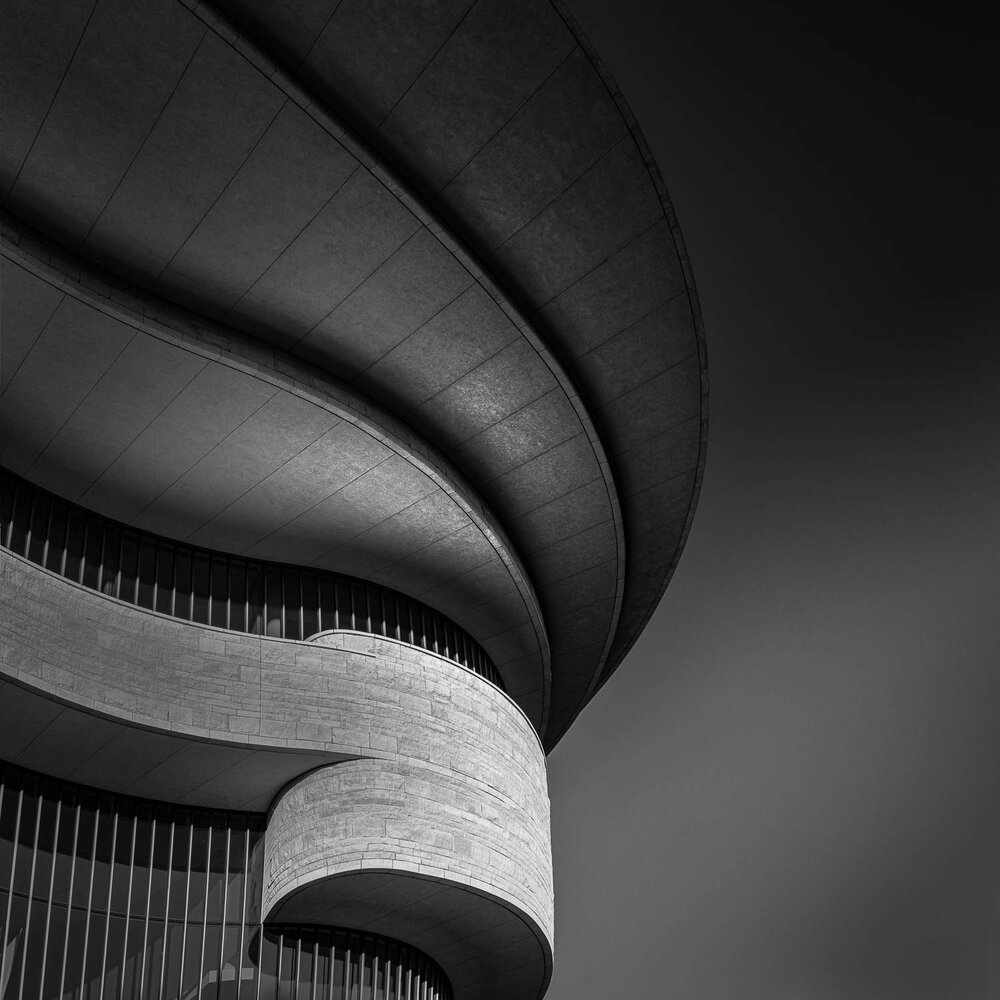
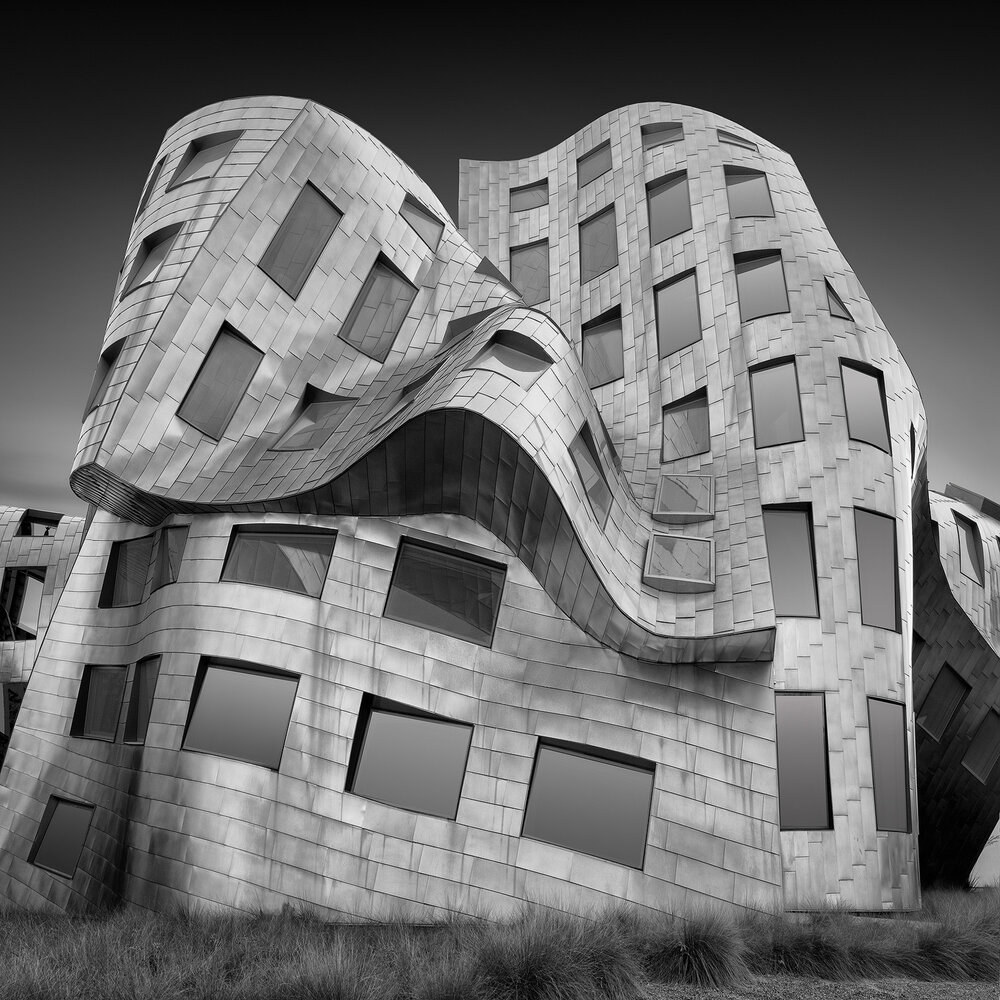
In your Geotecture collection, you bring out fascinating geometric structures hidden in modern architecture. Please share with us your thoughts about these works.
The clean aesthetic of modernistic architecture with simplicity of form and flowing lines lends itself well to minimalist imagery. I am particularly attracted to the repetition and variety of shapes and geometric patterns inherent in many of these structures. The emphasis is often on rectangular forms and horizonal and vertical lines. Their sleek consistent surfaces and the use of modern industrial materials can often be accentuated through the reflective nature of light, providing access to these “hidden” shapes. Many of the images in the collection are also studies of a form of modern architecture called deconstructivism. These have many of the same characteristics, often using large expanses of these single materials but in more abstract form, allowing the viewer to experience the image in waves of flowing lines.
Having lived in four continents and worked in six, you are a true citizen of the world. How does this experience nurture your work? From a more practical viewpoint, how does it contribute to the choice of locations and subjects in your images?
I have been incredibly fortunate to have experienced multiple cultures and environments around the world. I have always been curios with the desire to explore both new places and people. In many ways this inspires my work, but perhaps more importantly I believe that it expands the aperture of how you view the world. It opens the mind to new possibilities and perspectives and energizes the desire to create and explore different ideas. I feel that the more you travel the more you realize how much you do not know. This, in turn, stimulates further the curiosity and willingness to take risks and push boundaries. The more we stretch our mental comfort zones, the more we open our neural pathways to make connections between disparate forms. I believe this is instrumental in increasing our overall cognitive flexibility and enhancing our creativity.
I also consider that this curiosity reflects in my relatively wide range of subject matter, not wishing to be constrained by one genre of imagery.
My choice of locations is typically driven by the few themes that I am working on at the time. So, in many ways, the subject focus mostly drives the travel. However, if am traveling on other business I will be opportunistic and explore the locale for potential candidate subjects.
I generally steer away from well trafficked locations, preferring the solitude and or local culture together with the joy inherent in my own discoveries.
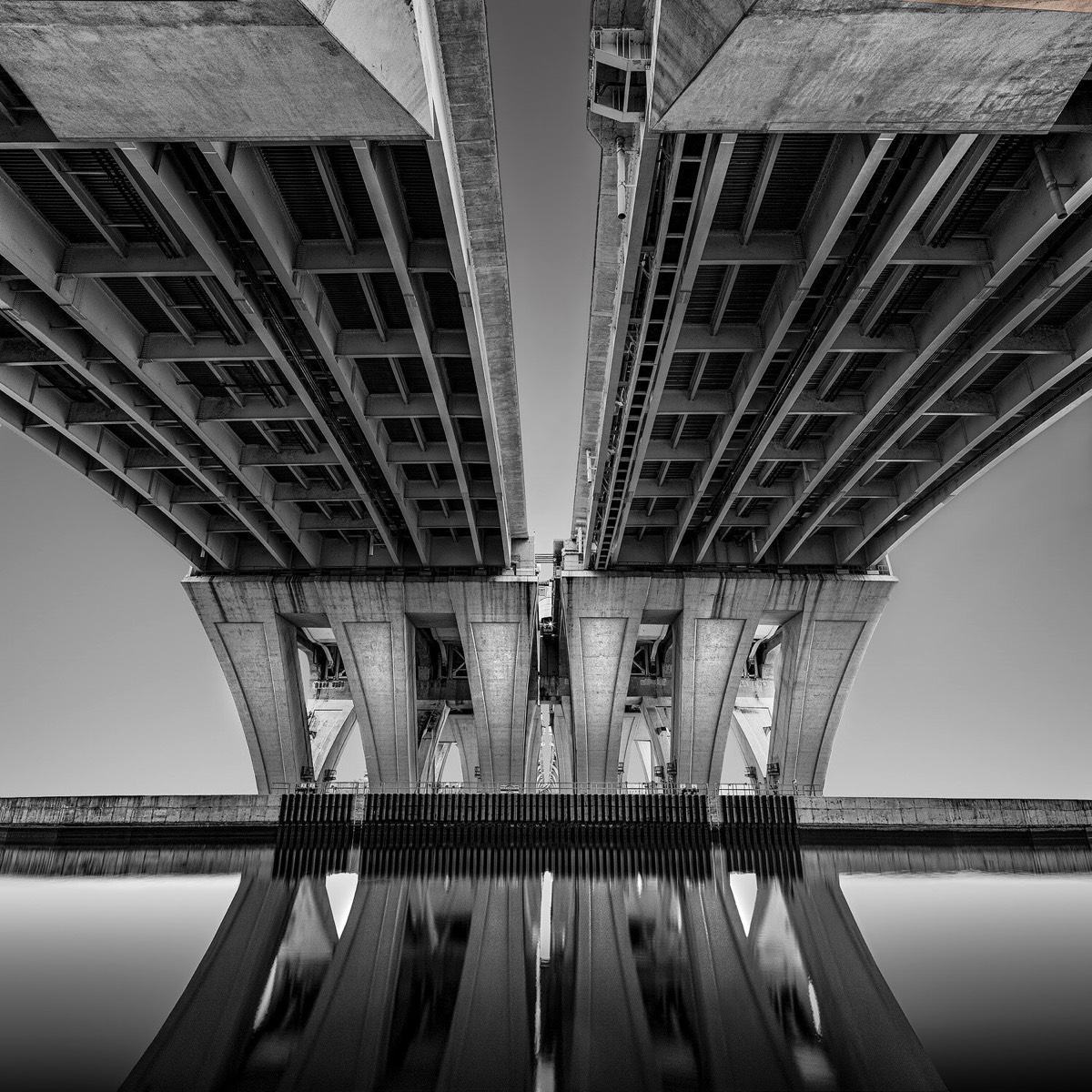
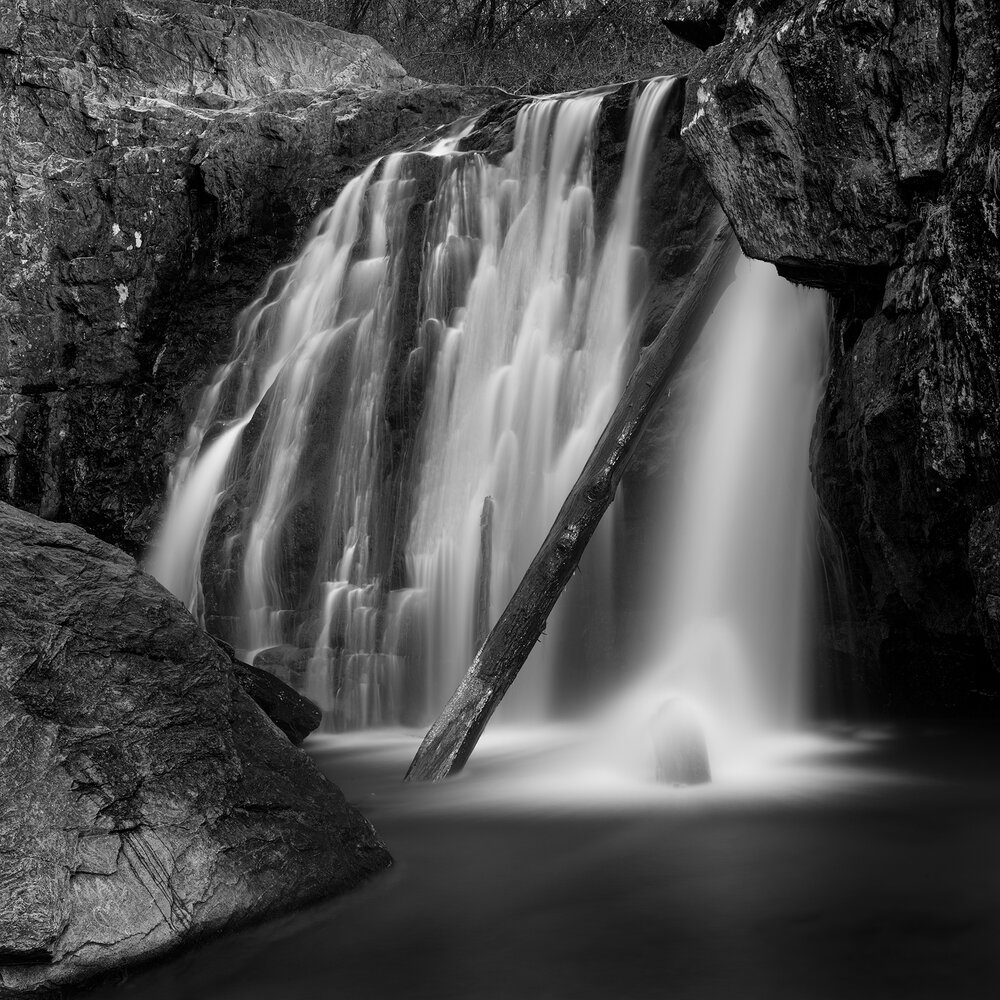
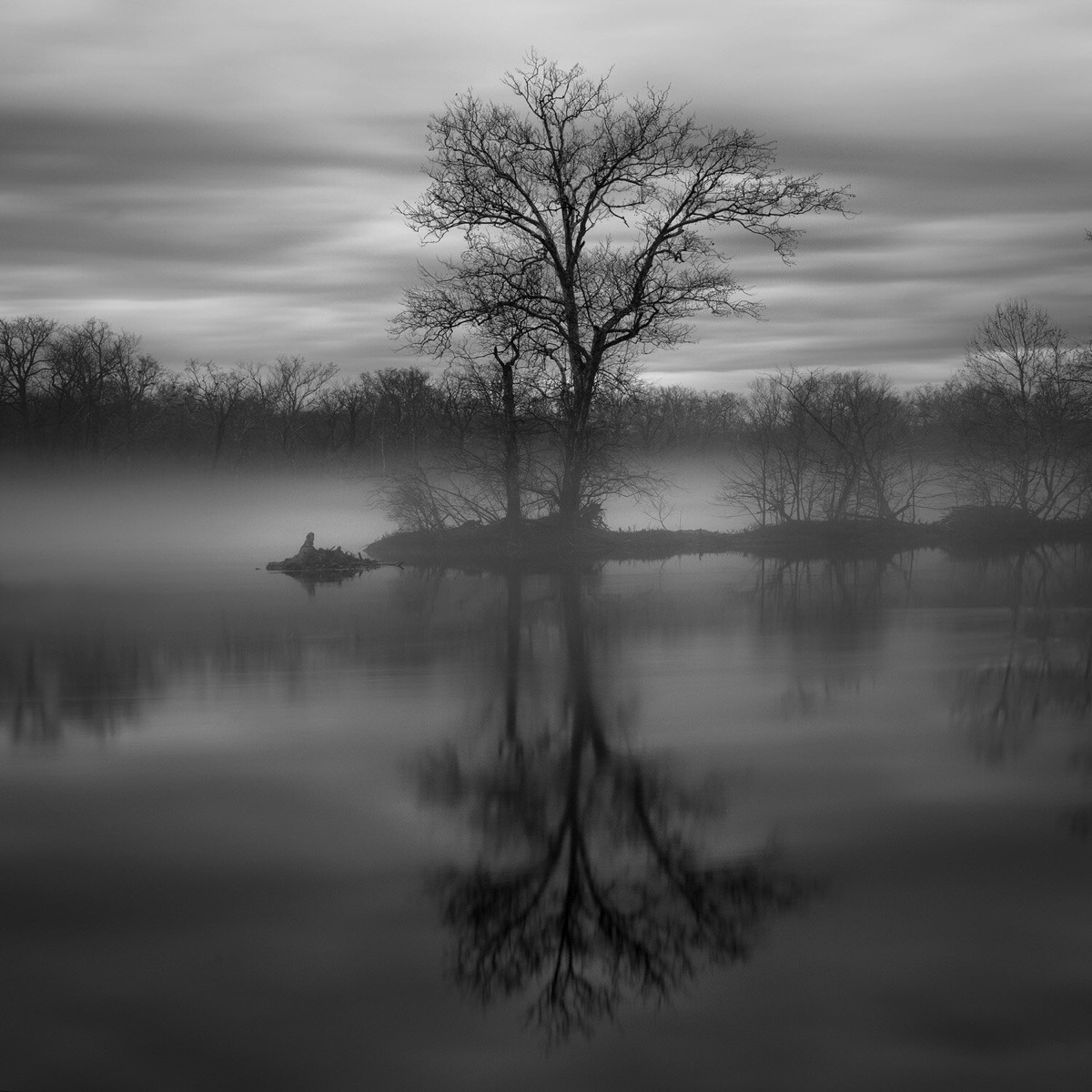
You have recently partnered with the Breast Cancer Alliance to support its mission of funding early-stage research and making healthcare available to as many women as possible. What are the connections between art, service and philanthropy and how do you see such interactions evolving in the future?
I believe there is a natural intersection between art and philanthropy, in that for thousands of years the arts were often dependent upon patronage in its various forms. In this case, it’s about using the value that people place on art and deploying that for philanthropic service or rather inverting the more traditional relationship between the two.
For me, it was about combining two passions, my photography and my desire to support a wonderful cause that is personal to my family.
I believe that people are increasingly seeking a more holistic approach to connect the seemingly disparate elements of their passions and lives. How do they more effectively combine family life, work, arts, community service and philanthropy and the environment, with meaning? You are seeing these connections being made increasingly in the corporate world through Corporate Social Responsibility programs and Socially Responsible Investing and I believe this will also manifest more in our personal lives as well going forward.
What is your advice for those starting their artistic journey?
As with all personal journeys, some common elements apply. It all starts with passion. And trying to figure out what is your real passion is probably the most challenging step of all, often before you have been able to experience the rewards of any competency in the discipline. Often based on an initial subliminal spark, nurturing that passion is the foundation for the journey – it is the source of motivation, resiliency, and of course creativity. And like most journeys, it will likely have hills and valleys, detours and delays. The key is to embrace the travel experience and don’t fixate on a specific destination.
I would also say that there are no shortcuts! You must absolutely practice with purpose and learn from “failures.” In simple terms, the more you practice with purpose the further your journey will go, and likely be more fulfilling. Practice also helps build the confidence to experiment and push boundaries. Often this is where you learn the most and where the real creativity is most rewarding.
Every person’s voyage is different. We all bring unique experiences and perspectives to the creative process, and you should embrace and encourage this individuality. It is very satisfying to share your work and receive acclaim, but at the end of the day only you know if you feel artistic fulfilment – it is both a sharing and selfish pursuit.
My own journey has taken over 40 years and has come full circle, but I am still excited about where it may take me next!
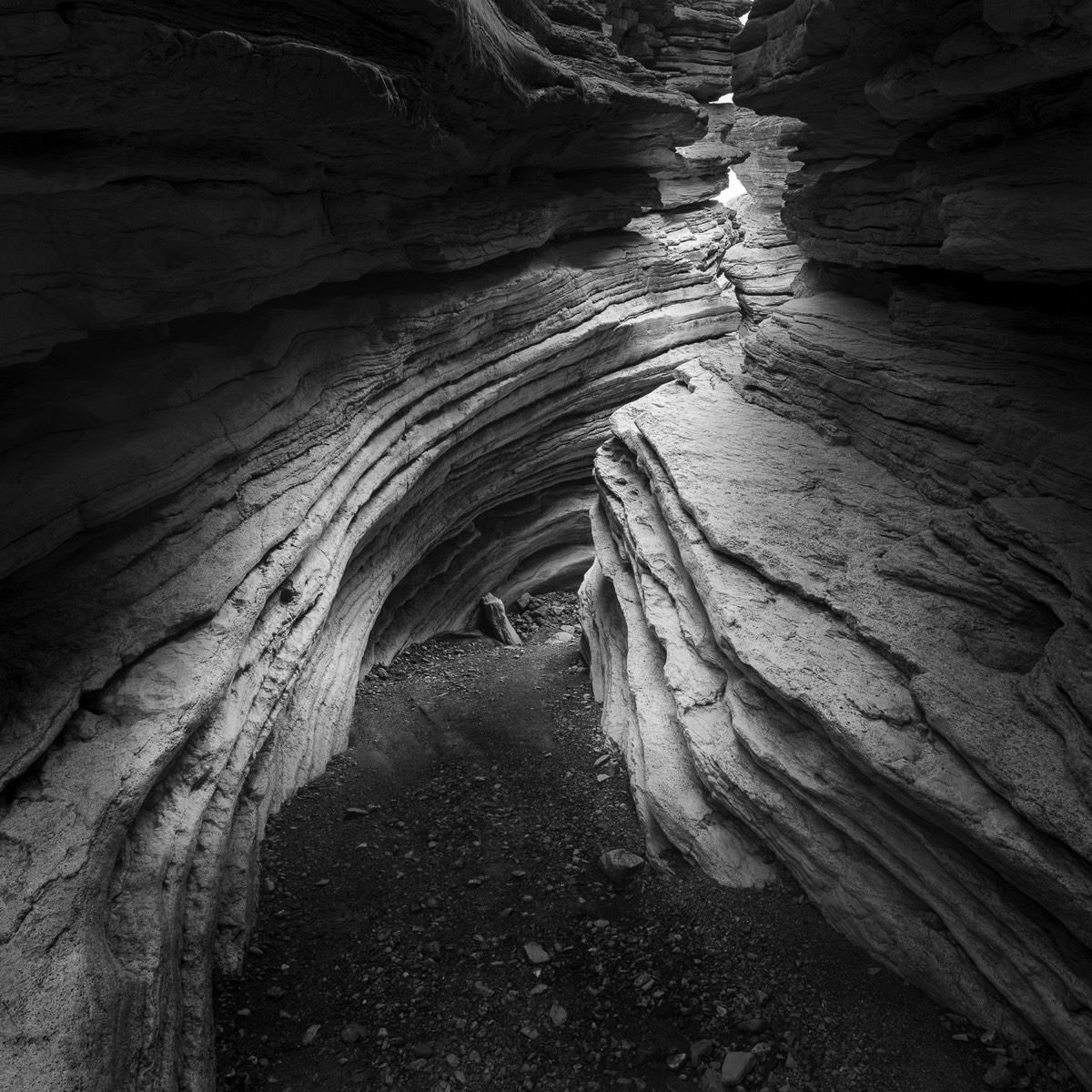
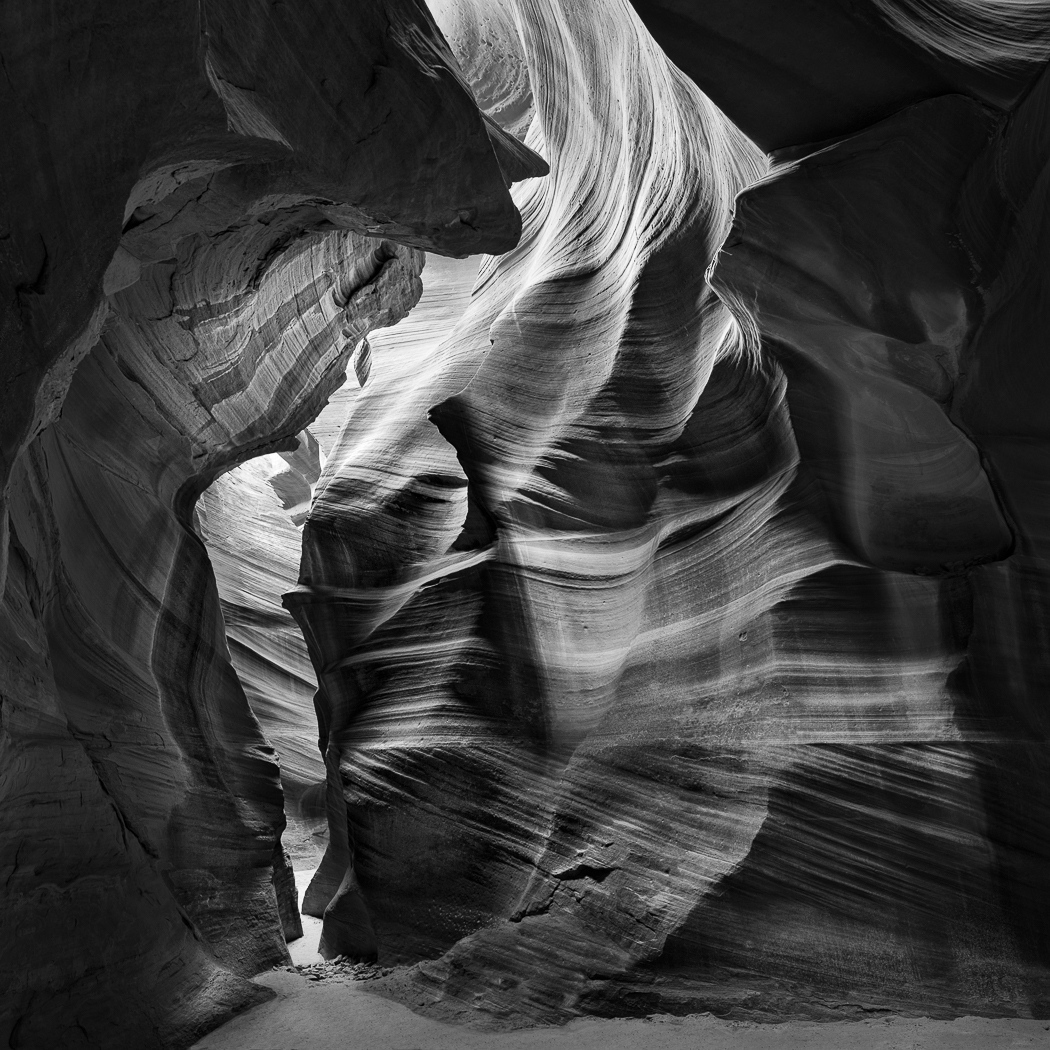
G.B Smith | Website




